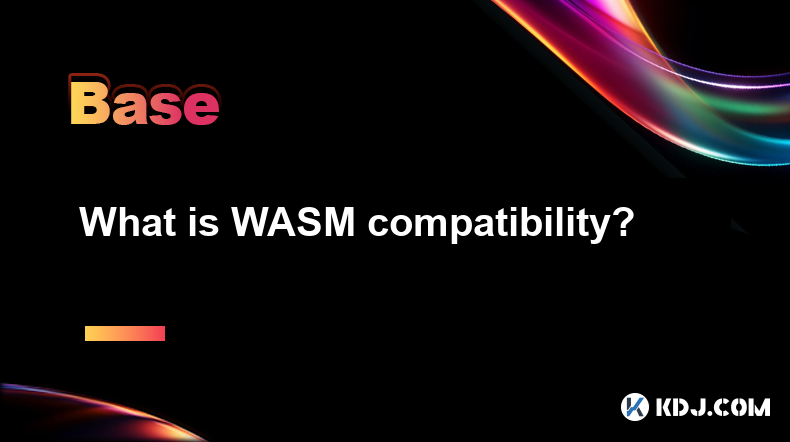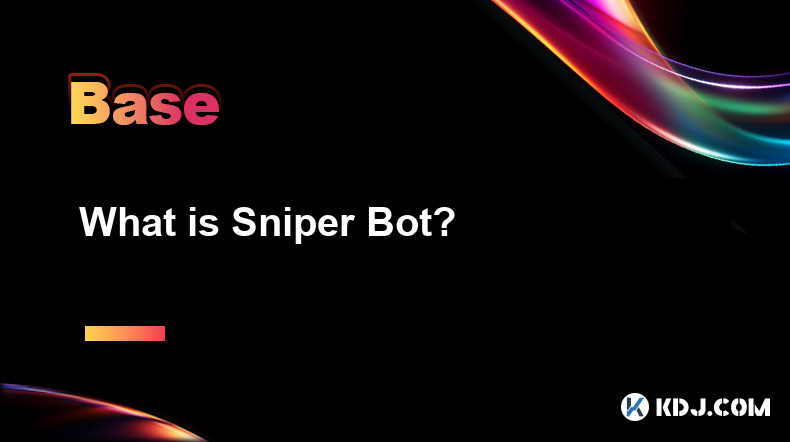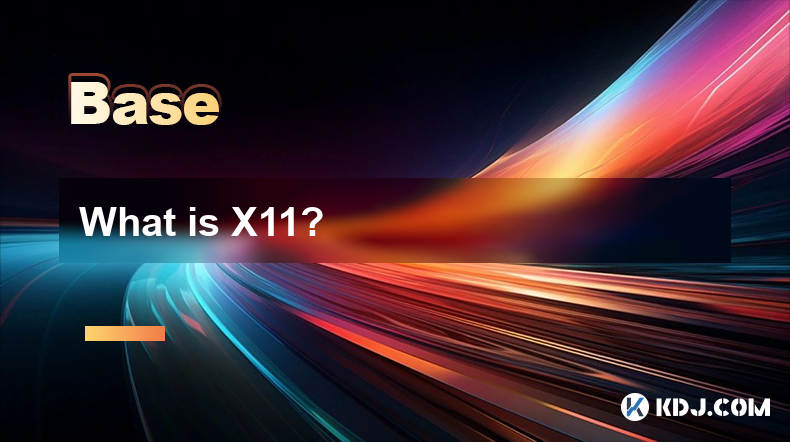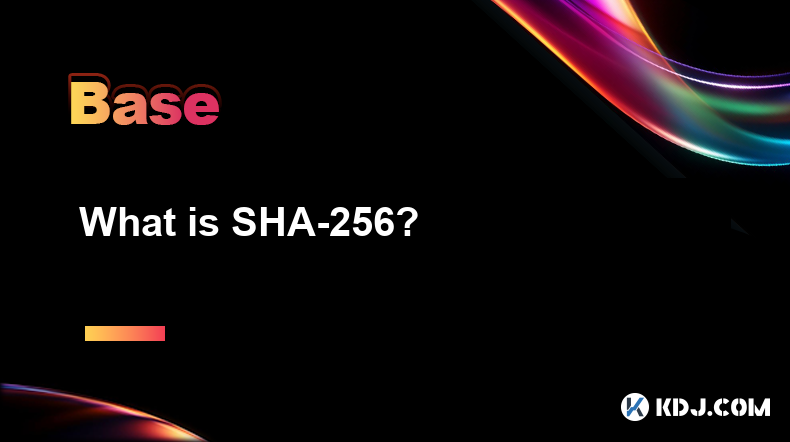-
 Bitcoin
Bitcoin $78,376.0795
-4.77% -
 Ethereum
Ethereum $1,548.8063
-11.55% -
 Tether USDt
Tether USDt $0.9994
-0.02% -
 XRP
XRP $1.8818
-9.04% -
 BNB
BNB $551.7480
-4.69% -
 USDC
USDC $1.0000
0.01% -
 Solana
Solana $106.1095
-7.66% -
 Dogecoin
Dogecoin $0.1468
-8.95% -
 TRON
TRON $0.2275
-4.95% -
 Cardano
Cardano $0.5707
-8.85% -
 UNUS SED LEO
UNUS SED LEO $8.9335
-1.49% -
 Toncoin
Toncoin $3.0253
-8.20% -
 Chainlink
Chainlink $11.2802
-7.86% -
 Stellar
Stellar $0.2302
-8.79% -
 Avalanche
Avalanche $16.4569
-4.24% -
 Shiba Inu
Shiba Inu $0.0...01128
-5.14% -
 Sui
Sui $2.0097
-2.68% -
 Hedera
Hedera $0.1463
-4.76% -
 MANTRA
MANTRA $6.2909
1.82% -
 Polkadot
Polkadot $3.5783
-7.89% -
 Bitcoin Cash
Bitcoin Cash $271.3725
-8.06% -
 Dai
Dai $1.0000
0.00% -
 Litecoin
Litecoin $70.0284
-11.01% -
 Ethena USDe
Ethena USDe $0.9986
-0.03% -
 Bitget Token
Bitget Token $4.0832
-5.49% -
 Pi
Pi $0.5780
-5.55% -
 Monero
Monero $201.8656
-4.22% -
 Hyperliquid
Hyperliquid $10.9226
-3.72% -
 Uniswap
Uniswap $5.1124
-8.67% -
 OKB
OKB $51.1549
-4.68%
What is WASM compatibility?
WASM compatibility enhances blockchain platforms by enabling efficient, secure smart contracts in various languages, improving performance and versatility.
Apr 07, 2025 at 09:08 pm

What is WASM Compatibility?
WASM, or WebAssembly, is a binary instruction format for a stack-based virtual machine. It is designed to be a portable compilation target for programming languages, enabling deployment on the web for client and server applications. In the context of cryptocurrencies and blockchain technology, WASM compatibility refers to the ability of a blockchain platform to execute smart contracts and decentralized applications (dApps) written in WebAssembly.
The importance of WASM compatibility in the cryptocurrency space lies in its potential to enhance the performance, security, and versatility of smart contracts. By supporting WASM, blockchain platforms can leverage the efficiency and speed of WebAssembly, allowing developers to write smart contracts in a variety of programming languages and deploy them on the blockchain.
Understanding WebAssembly
WebAssembly, often abbreviated as WASM, is a low-level assembly-like language with a compact binary format. It is designed to run at near-native speed by taking advantage of common hardware capabilities. WASM is not intended to be written by hand; instead, it is typically produced by compilers from high-level languages such as C, C++, Rust, and others.
In the realm of cryptocurrencies, WebAssembly's role is to provide a more efficient and secure environment for executing smart contracts. Traditional smart contract platforms like Ethereum use the Ethereum Virtual Machine (EVM), which can be slower and less versatile. WASM compatibility allows blockchain platforms to overcome these limitations by enabling the execution of smart contracts in a more efficient and flexible manner.
Benefits of WASM Compatibility in Blockchain
The adoption of WASM compatibility in blockchain platforms offers several significant benefits:
Improved Performance: WebAssembly runs at near-native speed, which can significantly enhance the execution speed of smart contracts. This is particularly important for decentralized applications that require high performance and low latency.
Enhanced Security: WASM's design focuses on security, with features like memory safety and sandboxing. This can reduce the risk of vulnerabilities in smart contracts, making them more secure and reliable.
Greater Versatility: WASM compatibility allows developers to write smart contracts in a variety of programming languages. This flexibility can attract more developers to the platform and foster a more diverse ecosystem of dApps.
Interoperability: By supporting WASM, blockchain platforms can potentially achieve better interoperability with other systems and technologies that also use WebAssembly.
Examples of WASM-Compatible Blockchain Platforms
Several blockchain platforms have embraced WASM compatibility to enhance their capabilities:
EOS: EOS uses WebAssembly to execute smart contracts, allowing developers to write contracts in languages like C++ and Rust. This has contributed to the platform's high performance and scalability.
Polkadot: Polkadot's smart contract platform, known as Substrate, supports WebAssembly. This enables developers to build and deploy smart contracts in various languages, enhancing the platform's flexibility and interoperability.
NEAR Protocol: NEAR Protocol also supports WebAssembly, allowing for the execution of smart contracts in languages like Rust and AssemblyScript. This has helped NEAR achieve high performance and security in its smart contract execution.
Implementing WASM Compatibility in a Blockchain Platform
To implement WASM compatibility in a blockchain platform, several steps are necessary:
Choose a WASM Runtime: The first step is to select a suitable WebAssembly runtime. Popular options include Wasmtime, Wasmer, and V8. The choice depends on factors like performance requirements and compatibility with the blockchain's architecture.
Integrate the WASM Runtime: Once a runtime is chosen, it needs to be integrated into the blockchain's execution environment. This involves modifying the blockchain's codebase to support the execution of WASM modules.
Develop WASM-Based Smart Contracts: Developers can then start writing smart contracts in languages that compile to WebAssembly. This typically involves using compilers like LLVM for languages like C++ and Rust.
Test and Deploy: Before deploying WASM-based smart contracts on the mainnet, thorough testing is essential. This includes testing the smart contracts on a testnet and ensuring they function correctly and securely.
Update the Blockchain's Consensus Mechanism: Depending on the blockchain's architecture, it may be necessary to update the consensus mechanism to accommodate the execution of WASM modules. This could involve changes to the block validation process and gas metering.
Challenges and Considerations
While WASM compatibility offers numerous benefits, it also presents certain challenges and considerations:
Complexity: Implementing WASM compatibility can add complexity to a blockchain platform's architecture. This requires careful planning and development to ensure that the integration is seamless and efficient.
Security: While WASM is designed with security in mind, the integration of WASM into a blockchain platform must be done carefully to avoid introducing new vulnerabilities. This includes ensuring that the WASM runtime is secure and that smart contracts are properly sandboxed.
Compatibility: Ensuring compatibility between different versions of WebAssembly and various programming languages can be challenging. Blockchain platforms must maintain compatibility with evolving WASM standards and tools.
Performance Optimization: While WASM can enhance performance, optimizing the execution of WASM modules on a blockchain platform requires ongoing effort. This includes fine-tuning the WASM runtime and optimizing smart contract code.
Frequently Asked Questions
Can any programming language be used to write WASM-compatible smart contracts?
While many programming languages can be compiled to WebAssembly, not all are suitable for writing smart contracts. Languages like C++, Rust, and AssemblyScript are commonly used due to their performance and safety features. However, the specific language support depends on the blockchain platform and its WASM runtime.How does WASM compatibility affect the gas costs of smart contracts?
WASM compatibility can potentially reduce gas costs by improving the efficiency of smart contract execution. However, the exact impact on gas costs depends on the specific implementation and the blockchain platform's gas metering mechanism.Are there any blockchain platforms that do not support WASM compatibility?
Yes, some blockchain platforms, like Ethereum, currently use the Ethereum Virtual Machine (EVM) and do not support WebAssembly. However, there are ongoing efforts to explore WASM compatibility in future upgrades.What are the main differences between WASM and EVM for smart contract execution?
The main differences include performance, where WASM runs at near-native speed compared to the EVM's slower execution; versatility, as WASM supports a broader range of programming languages; and security, with WASM's focus on memory safety and sandboxing. However, the EVM has a more established ecosystem and a larger number of existing smart contracts.
Disclaimer:info@kdj.com
The information provided is not trading advice. kdj.com does not assume any responsibility for any investments made based on the information provided in this article. Cryptocurrencies are highly volatile and it is highly recommended that you invest with caution after thorough research!
If you believe that the content used on this website infringes your copyright, please contact us immediately (info@kdj.com) and we will delete it promptly.
- As clouds gathered over the crypto landscape, a flash tore through the sky: Ethereum, an essential pillar, lost 14% of its value in 24 hours
- 2025-04-08 01:15:11
- The scandal related to ZKasino, a blockchain-based gambling platform, continues to widen
- 2025-04-08 01:15:11
- As We Approach May 2025, Dogecoin (DOGE) Investors Are Facing Uncertainty
- 2025-04-08 01:10:12
- Cryptocurrency markets plunged sharply early Monday, wiping billions from the total market capitalization
- 2025-04-08 01:10:12
- Dogecoin (DOGE) Price Surge Incoming? Analysts Point to Historical Patterns
- 2025-04-08 01:05:12
- Mutuum Finance (MUTM) Token Identified by Algorithms to Deliver Exponential Upside Before 2025
- 2025-04-08 01:05:12
Related knowledge

What is Sniper Bot?
Apr 07,2025 at 10:43pm
A Sniper Bot is a type of automated trading software used within the cryptocurrency market to execute trades at optimal times, often milliseconds before other traders. These bots are designed to take advantage of new token listings, price fluctuations, and other market opportunities to buy or sell assets quickly and efficiently. The primary goal of a Sn...

What is Mining Rig?
Apr 07,2025 at 11:08pm
A mining rig is a specialized computer system designed specifically for the purpose of mining cryptocurrencies. Mining, in the context of cryptocurrencies, refers to the process of solving complex mathematical problems to validate transactions and add them to the blockchain. This process requires significant computational power, and a mining rig is buil...

What is X11?
Apr 07,2025 at 09:22pm
What is X11? X11 is a cryptographic hash function used in various cryptocurrencies, most notably in the Dash cryptocurrency. It is designed to provide a high level of security and efficiency, making it a popular choice for blockchain networks. The X11 algorithm is unique because it uses a chain of 11 different hashing algorithms, which enhances its secu...

What is SHA-256?
Apr 07,2025 at 11:15pm
What is SHA-256?SHA-256, or Secure Hash Algorithm 256-bit, is a cryptographic hash function that is part of the SHA-2 family of hash functions. It is widely used in the cryptocurrency world, particularly in Bitcoin and other blockchain technologies, for securing data and ensuring the integrity of transactions. This article will delve into the specifics ...

What is an elliptic curve?
Apr 08,2025 at 01:21am
An elliptic curve is a fundamental concept in mathematics that has found significant applications in the field of cryptography, particularly within the cryptocurrency sector. In the context of cryptocurrencies, elliptic curves are used to create secure cryptographic systems that underpin the security of transactions and the generation of digital signatu...

What is WASM compatibility?
Apr 07,2025 at 09:08pm
What is WASM Compatibility? WASM, or WebAssembly, is a binary instruction format for a stack-based virtual machine. It is designed to be a portable compilation target for programming languages, enabling deployment on the web for client and server applications. In the context of cryptocurrencies and blockchain technology, WASM compatibility refers to the...

What is Sniper Bot?
Apr 07,2025 at 10:43pm
A Sniper Bot is a type of automated trading software used within the cryptocurrency market to execute trades at optimal times, often milliseconds before other traders. These bots are designed to take advantage of new token listings, price fluctuations, and other market opportunities to buy or sell assets quickly and efficiently. The primary goal of a Sn...

What is Mining Rig?
Apr 07,2025 at 11:08pm
A mining rig is a specialized computer system designed specifically for the purpose of mining cryptocurrencies. Mining, in the context of cryptocurrencies, refers to the process of solving complex mathematical problems to validate transactions and add them to the blockchain. This process requires significant computational power, and a mining rig is buil...

What is X11?
Apr 07,2025 at 09:22pm
What is X11? X11 is a cryptographic hash function used in various cryptocurrencies, most notably in the Dash cryptocurrency. It is designed to provide a high level of security and efficiency, making it a popular choice for blockchain networks. The X11 algorithm is unique because it uses a chain of 11 different hashing algorithms, which enhances its secu...

What is SHA-256?
Apr 07,2025 at 11:15pm
What is SHA-256?SHA-256, or Secure Hash Algorithm 256-bit, is a cryptographic hash function that is part of the SHA-2 family of hash functions. It is widely used in the cryptocurrency world, particularly in Bitcoin and other blockchain technologies, for securing data and ensuring the integrity of transactions. This article will delve into the specifics ...

What is an elliptic curve?
Apr 08,2025 at 01:21am
An elliptic curve is a fundamental concept in mathematics that has found significant applications in the field of cryptography, particularly within the cryptocurrency sector. In the context of cryptocurrencies, elliptic curves are used to create secure cryptographic systems that underpin the security of transactions and the generation of digital signatu...

What is WASM compatibility?
Apr 07,2025 at 09:08pm
What is WASM Compatibility? WASM, or WebAssembly, is a binary instruction format for a stack-based virtual machine. It is designed to be a portable compilation target for programming languages, enabling deployment on the web for client and server applications. In the context of cryptocurrencies and blockchain technology, WASM compatibility refers to the...
See all articles





















































































